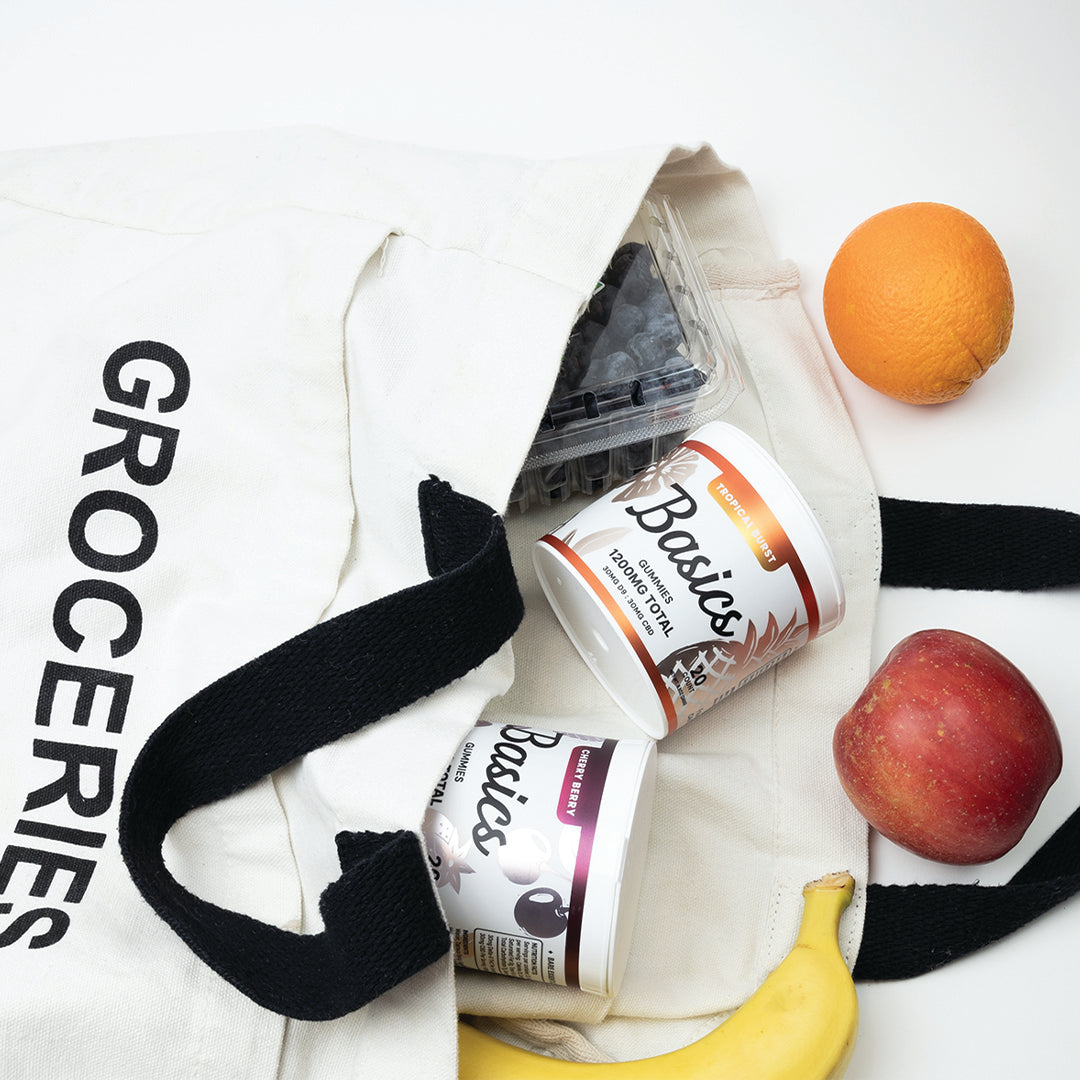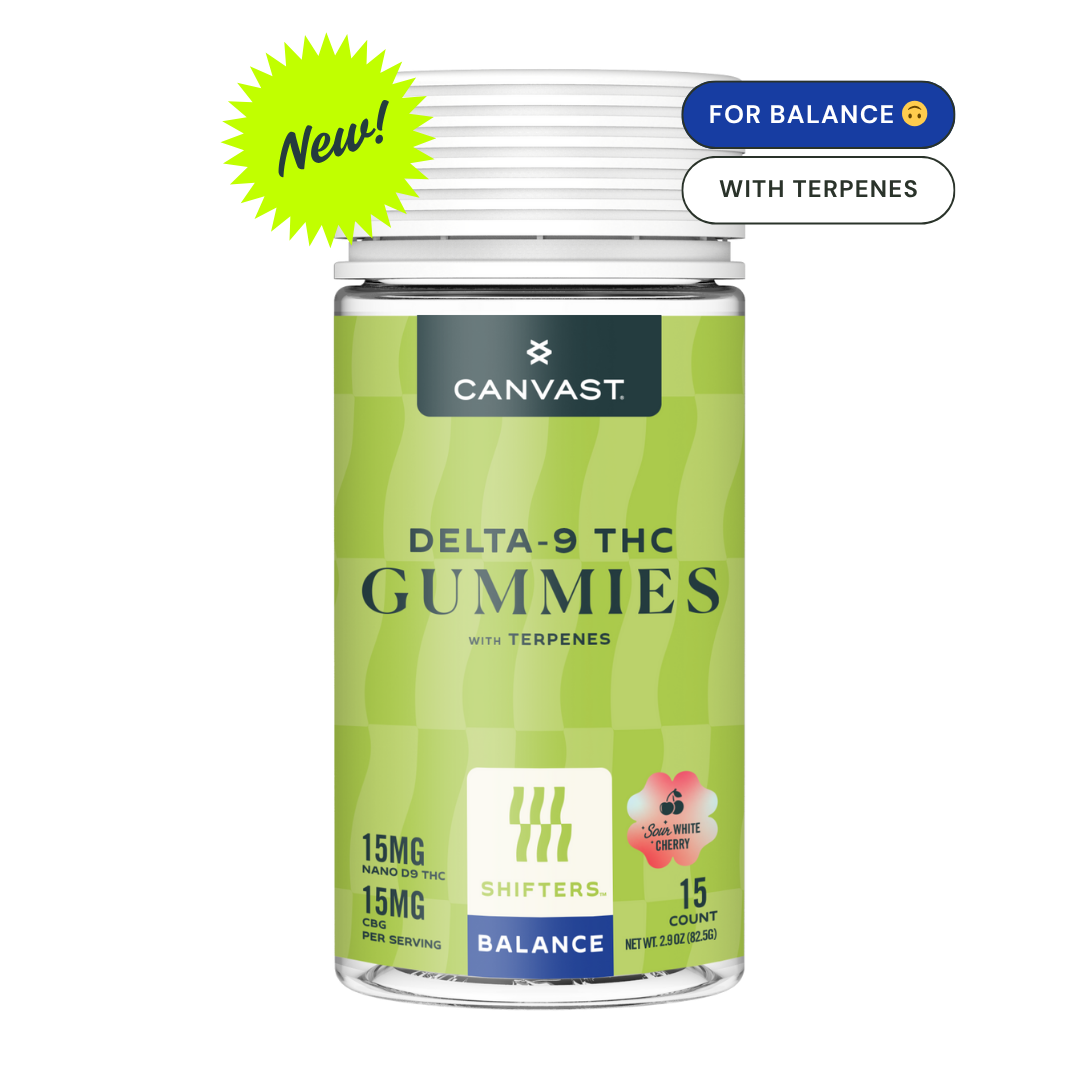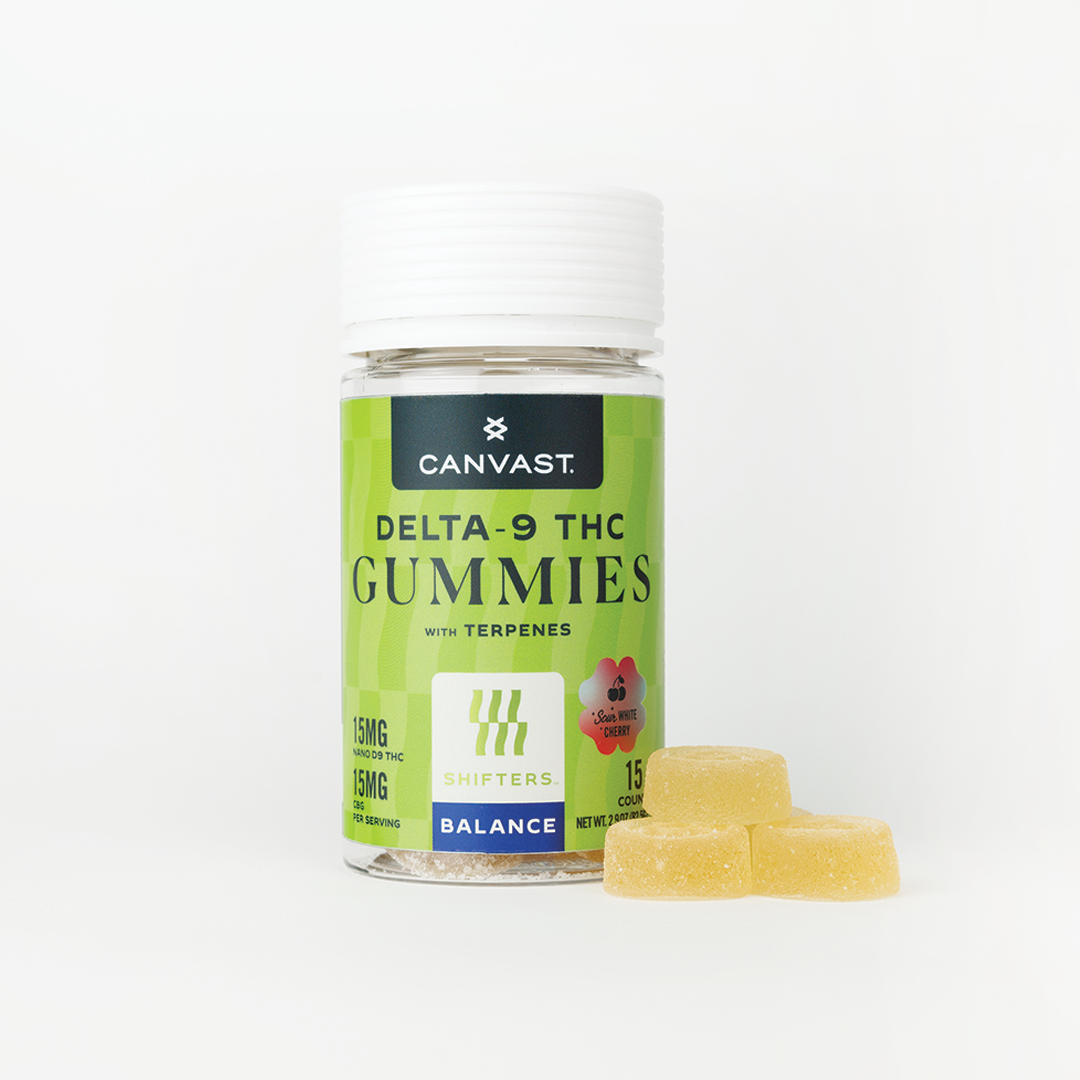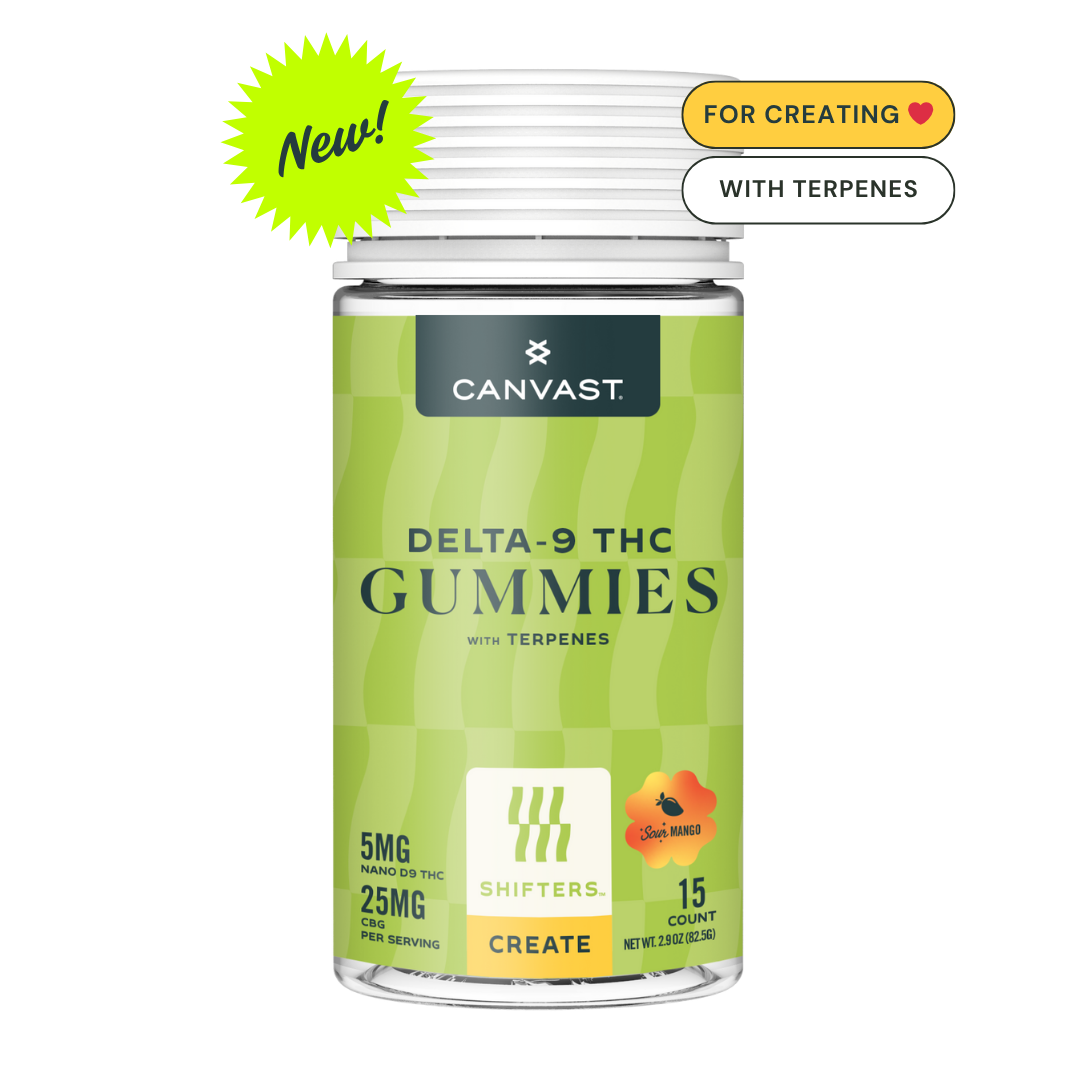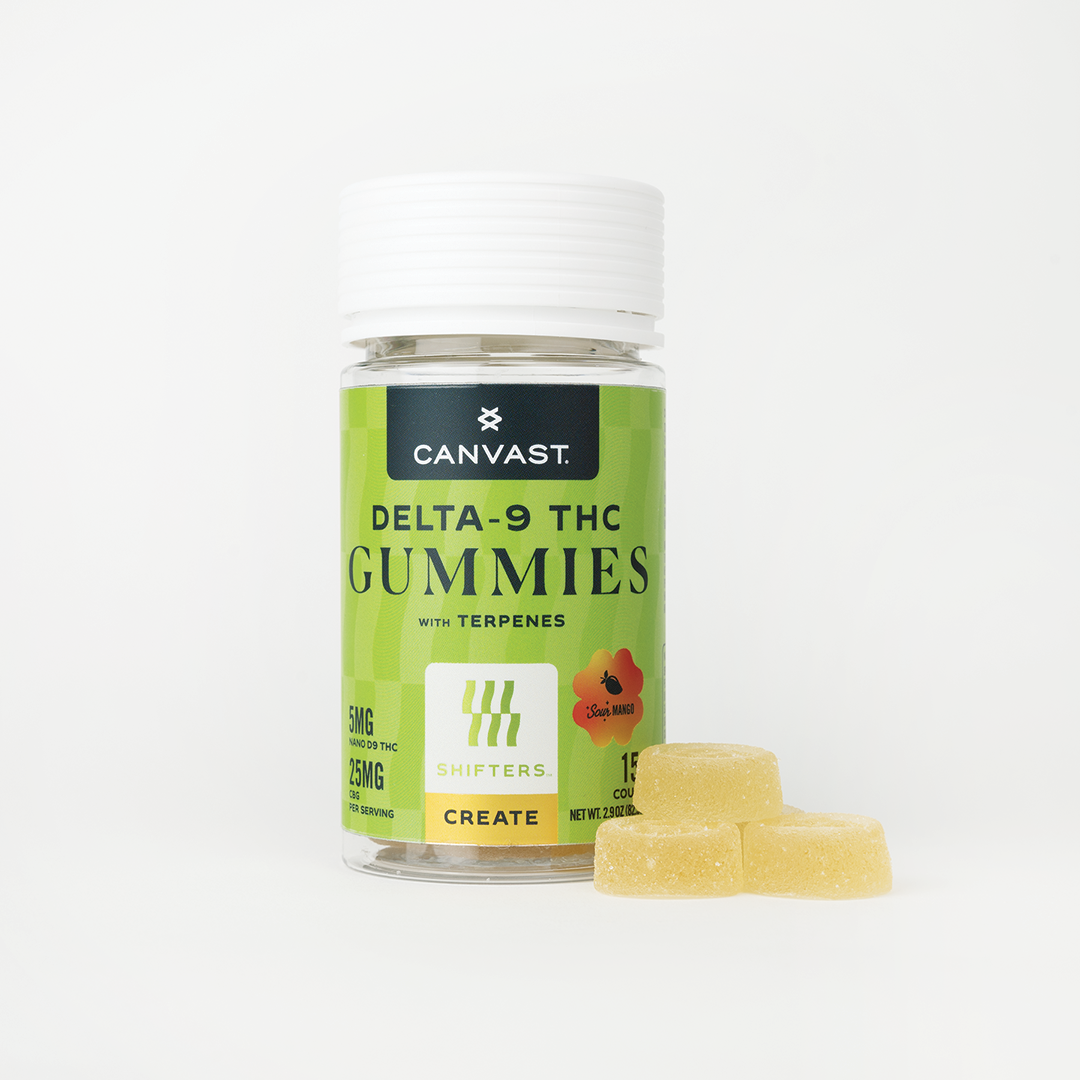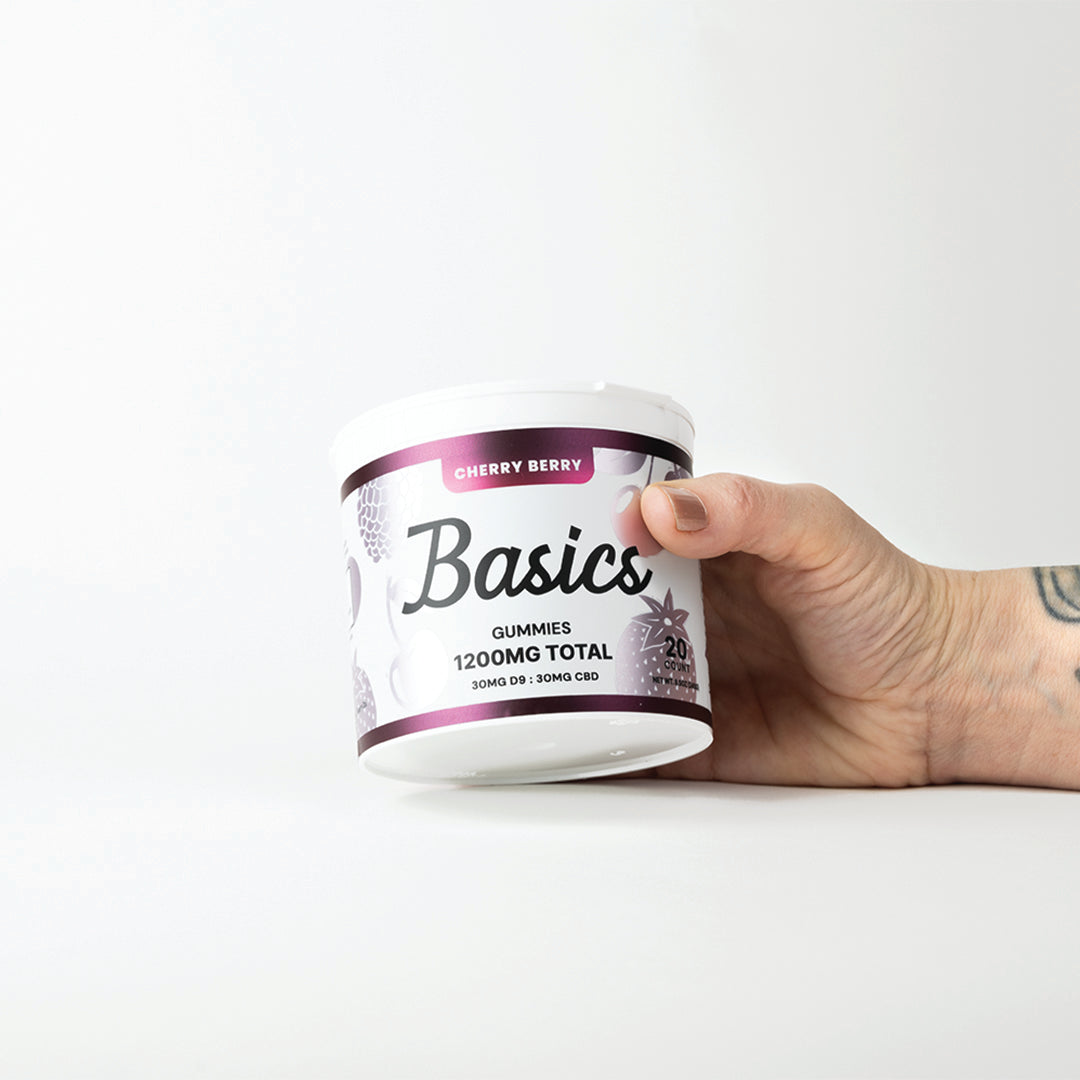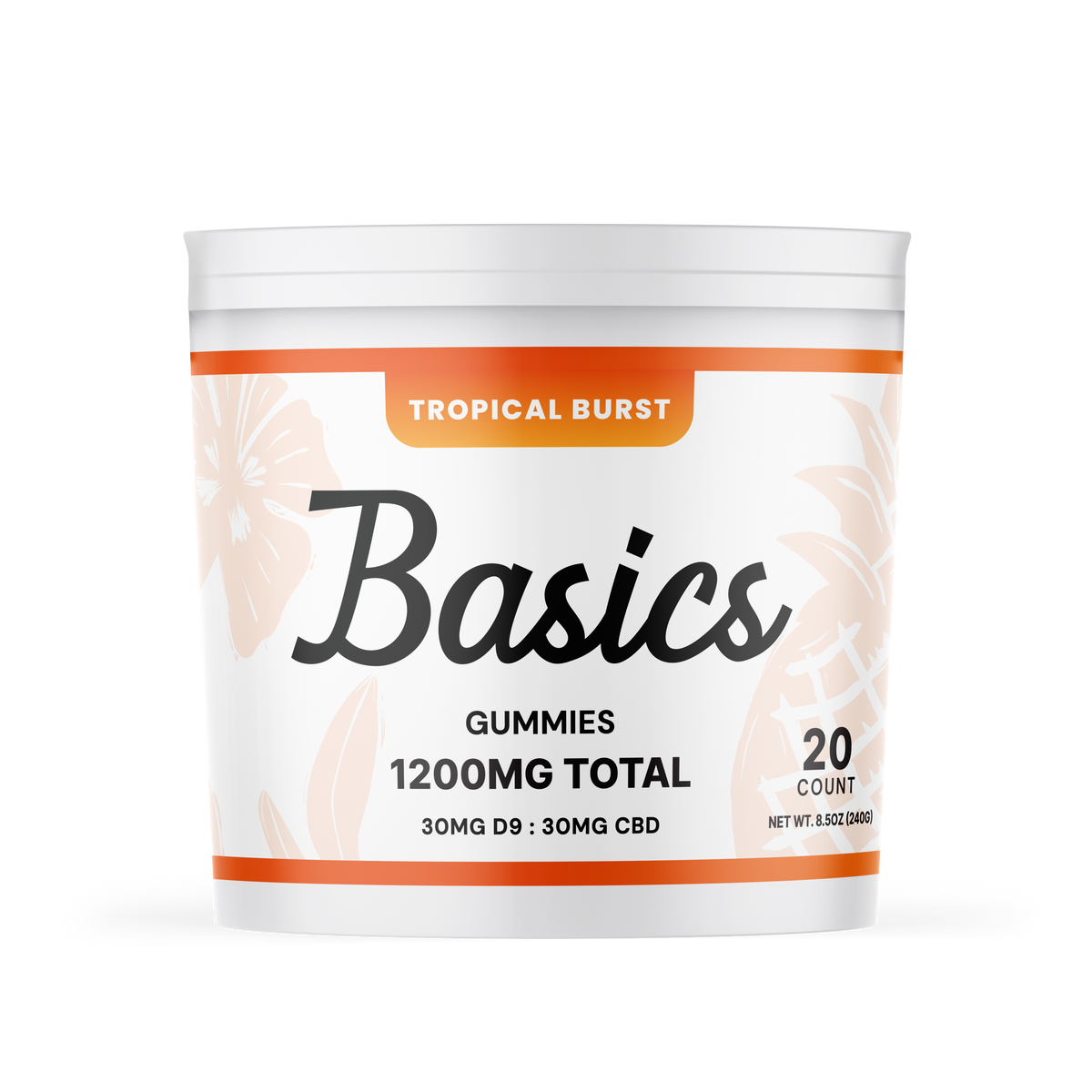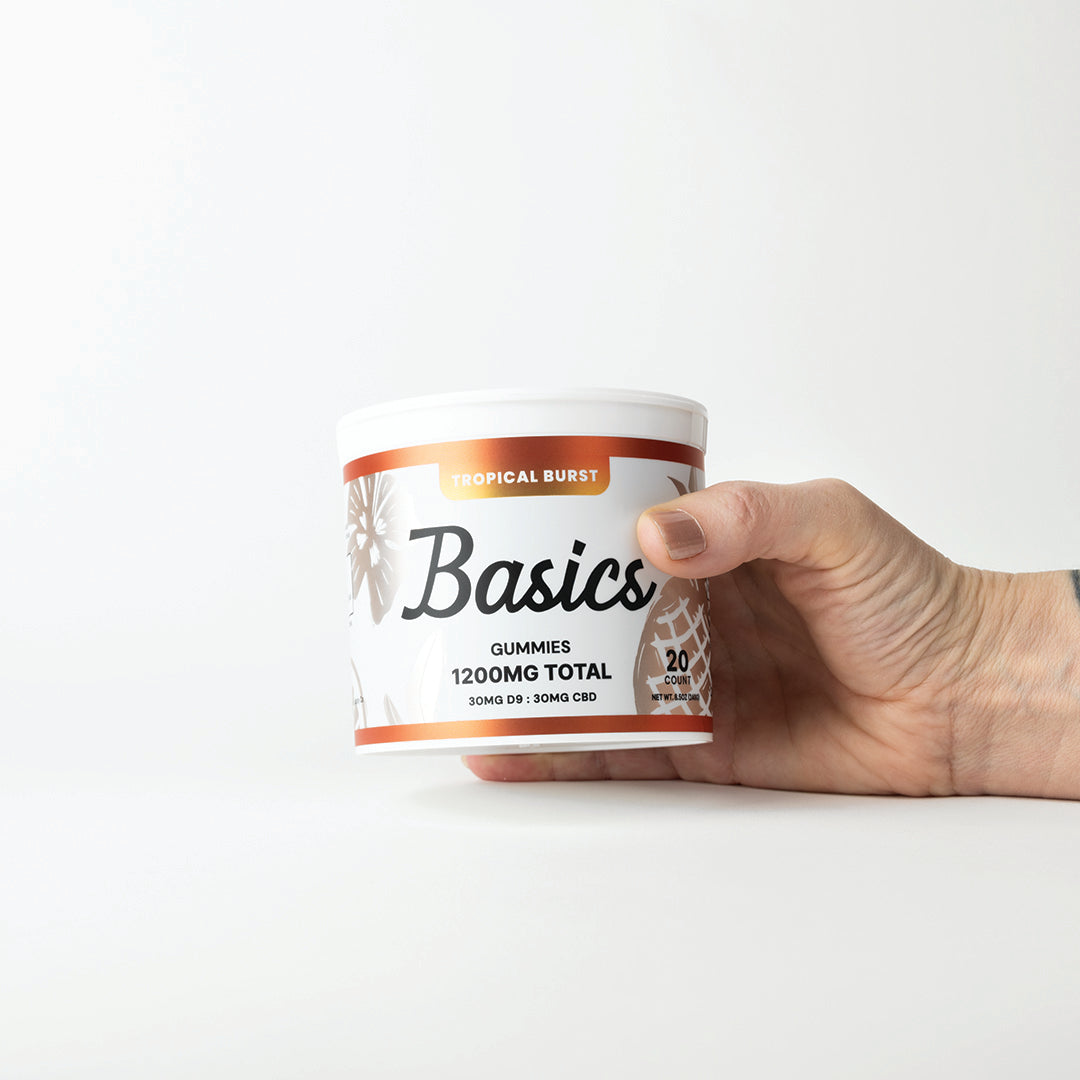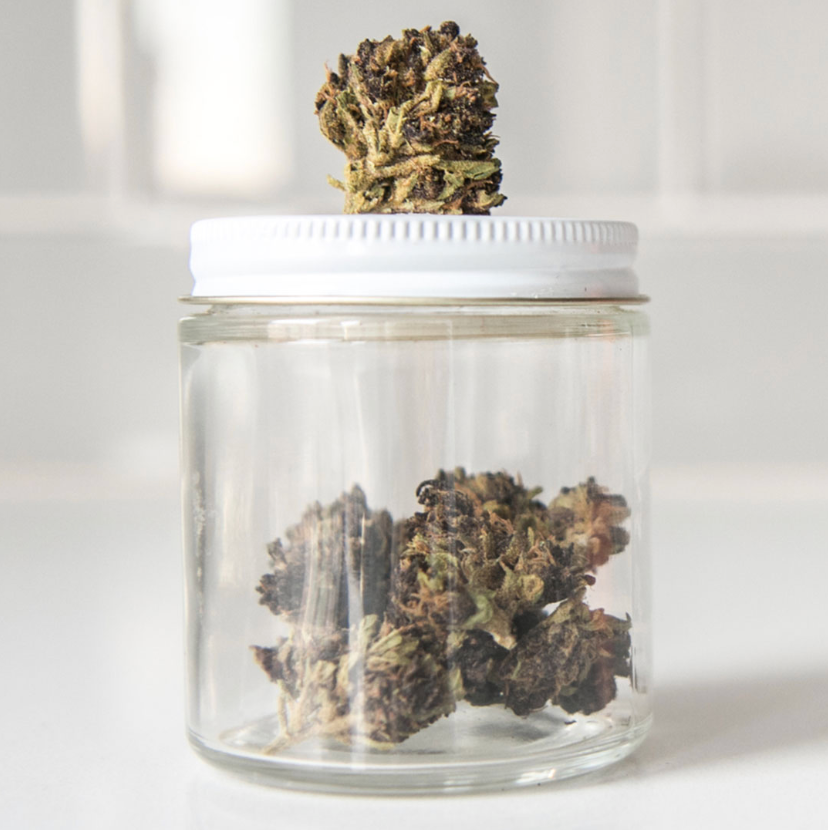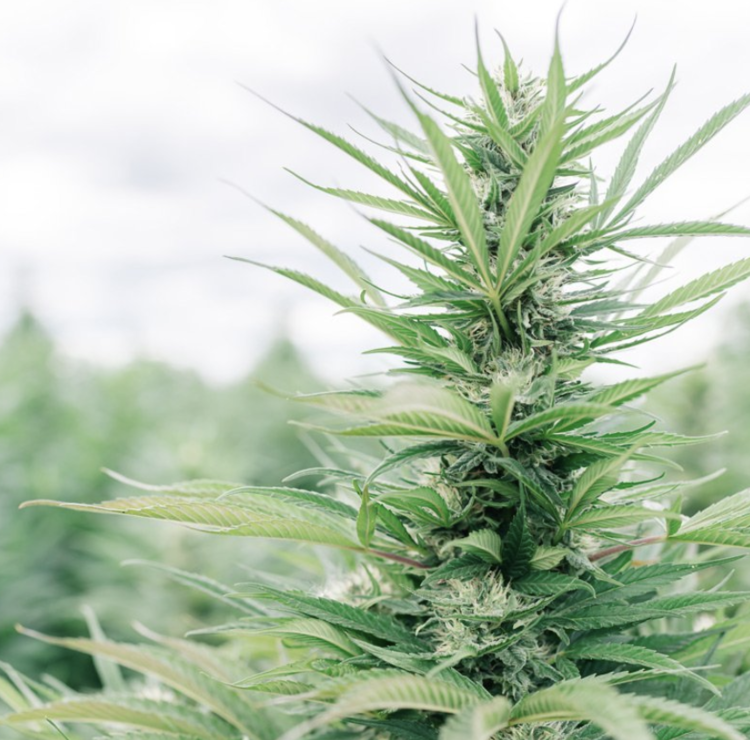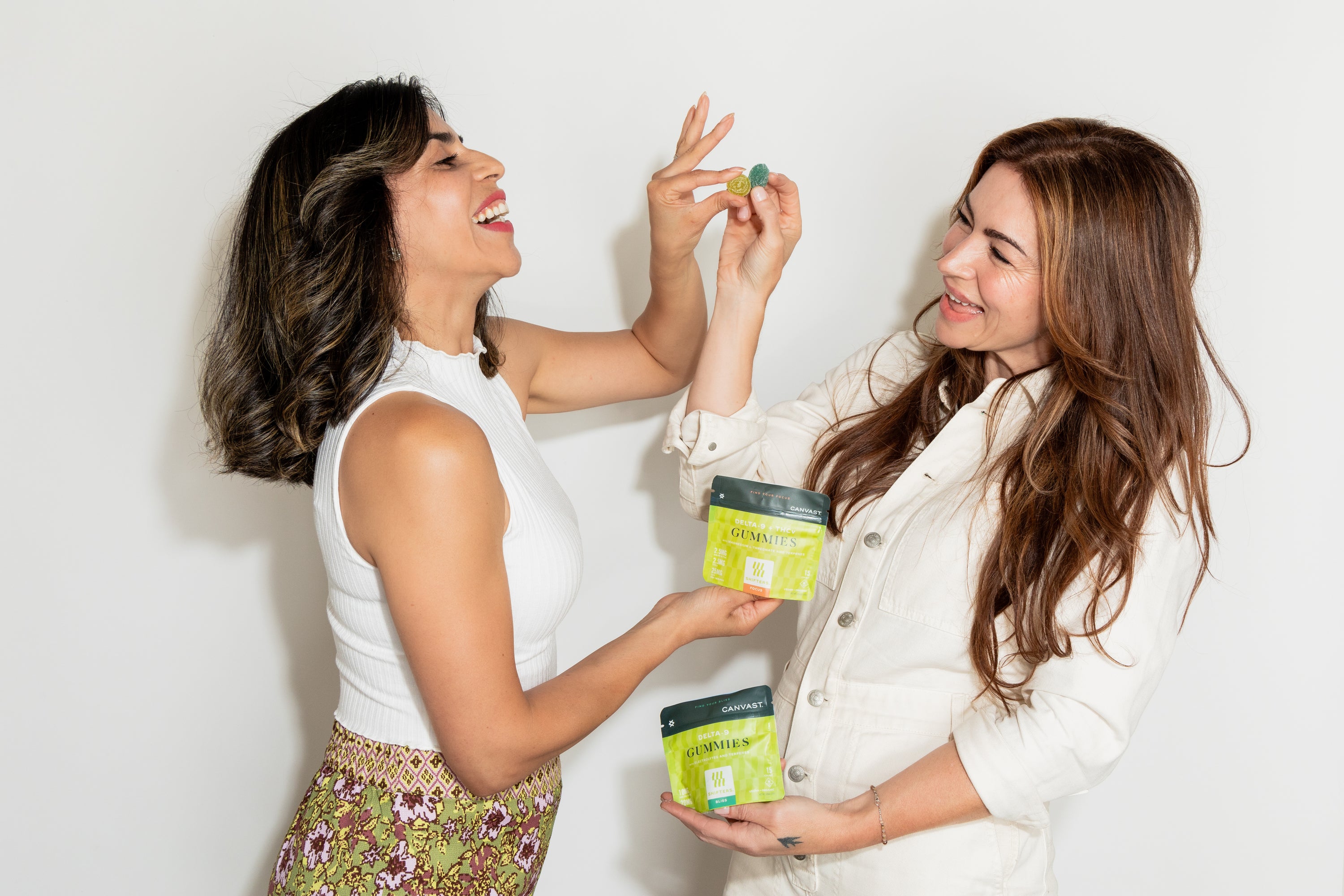Industrial Hemp is a dynamic crop that is easy to grow, maintain and harvest. It also has a multitude of uses from medicinal to manufacturing. Here is a step-by-step guide to help you begin growing hemp seeds.
GETTING STARTED
First, we want to check the condition of the soil where you will be planting your hemp seeds. A simple soil test is quick and easy. Start by going to your local hardware store and purchasing a soil test kit. There are a number of kits on the market, so choose the one that fits you best.
Many provide a print out of the results, and recommendations on how to correct or solve a soil issue. Your local agricultural center can also provide means for soil testing.
Sending in a soil sample before sowing your hemp seeds is very important. We recommend doing a few soil tests from different labs. This will help you to have a broader idea of what is going in the soil, but one test will do the job to get started.
PREPPING THE SOIL
Once the results of your soil test are returned, take any recommended actions. Supplement your soil with the recommended minerals to ensure that the plants will have all the nutrients they need for the season. Another way to ensure a proper mineral composition is to plant a cover crop the previous season.
Like growing any crop sustainably for the long term you must feed the soil and not the plant. Hemp is no exception to using proper crop rotation methods, such as:
Year 1: Hemp (planted for harvest)
Year 2: Common Buckwheat (planted for soil phosphorus regeneration)
Year 3: Hemp (planted for harvest)
Year 4: Alfalfa (Planted for soil nitrogen regeneration)
Following this cycle of crop rotation will make for better, healthier, dynamic soil. By design, it also leads to a better, healthier, dynamic hemp product for generations to come.
If the soil is healthy and vibrant, anything it grows will also be healthy and vibrant. Our favorite cover crop is Common Buckwheat. It’s inexpensive, covers a lot of ground, smothers out common weeds, works well in poor soils, and is better than other cover crops at retrieving phosphorous. Additionally, buckwheat helps later crops with fruiting, flowering, and root growth.
If you don’t have the time to plant a cover crop this season then simple supplementation from your local agriculture supply store can be a quick and effective way to ensure you have organic mineral content in time for the current season.
SOWING HEMP SEEDS
Planting Hemp seeds from April-June is advised, although conditions are more important than the calendar date. A soil temperature above 50°F, in Full-Sun (6-8 hours of sunlight a day), and well-drained soil is ideal.
Upon planting, follow with a deep watering to promote germination. You should be able to see seed-sprouts emerge anywhere between 5-10 days although some hemp seeds can take as long as two weeks.
Hemp Seeds should be deeply watered once a week, early in the morning, or at dusk to prevent evaporation. Watering is most important between the first 6 weeks, after this, hemp becomes mostly drought tolerant.
If you're starting hemp seeds inside, it is recommended to do so around May 1st. This allows 3 weeks of growth before transplanting outside.
Seedlings should be lightly watered each day and stored in a warm (above 70°F) room with 6-8 hours of direct to indirect sunlight. When the stems near the base begin to become “woody” and more stable, the seeds are ready to make the move outdoors.
In some hemp fields, seed spacing is commonly 4’x6’, due to how big the plant will be at full maturity. This additional space also gives room to harvest material from the plant.
Similar to an orange grove or apple orchard, all hemp plants have their own space. This is more convenient for the farmer, due to the creation of rows to walk, room between plants for inspection, and easier movement at harvest time. This is not necessary but keeps the field orderly and manageable.
However, hemp can be planted very densely with no issues as well. Not only will this help keep weeds at bay, but it will provide more harvest potential. Another benefit is that the hemp crops do not need to be inspected as frequently due to the sheer quantity.
Frequently Asked Questions for Growing Industrial Hemp Seeds:
What is the ideal soil temperature for planting hemp seeds?
Hemp seeds should be planted in soil as close to 50°F as possible.
What level of sun is needed for hemp seeds?
Hemp should be planted in full sun.
When is the best time of year to plant hemp seeds?
Ideally, you should plan to plant your hemp seeds from April-June.
How many days does it take for hemp seeds to emerge?
On average, it takes about 5-10 days for hemp seeds to begin to emerge from the soil.
What is the proper seed depth for hemp?
Hemp seeds should be planted ¼” to ½” deep into the soil.
What is the proper row spacing for hemp plants?
Hemp should have at least 4” between each seed when planting.
When do hemp plants reach maturity?
On average, hemp reaches maturity between 8-16 weeks (based on species).
When should you sow hemp seeds?
2 to 4 weeks after your average last freeze when soil temp is above 46F, or anytime up to 4 weeks
Contact Canvast Supply Co.
If you have any questions on growing industrial hemp, the hemp growing process, or anything related to growing industrial hemp in Nashville, TN don’t hesitate to reach out to Canvast Supply Co. One of our Hemp Growing professionals would be happy to assist you.
If you’re interested, we can give you a detailed rundown of our industry-tested farming equipment, planning resources, post-harvest solutions, and, of course, supplies that have left individuals and businesses alike more than satisfied.
Cited Sources
“How To Plant Hemp Seeds: A Step by Step Guide for Growing Industrial Hemp.” Kusk Marketplace,
https://kush.com/blog/how-to-plant-hemp-seeds-a-step-by-step-guide-for-growing-industrial-hemp/. June 9, 2020.
Images and Excerpts from “Holistic Farm Planning” Canvast Supply Co.,
https://canvastsupplyco.com/collections/farmer-resources/products/canvast-supply-co-holistic-farm-planning-workbook-and-interactive-budget. June 9, 2020.